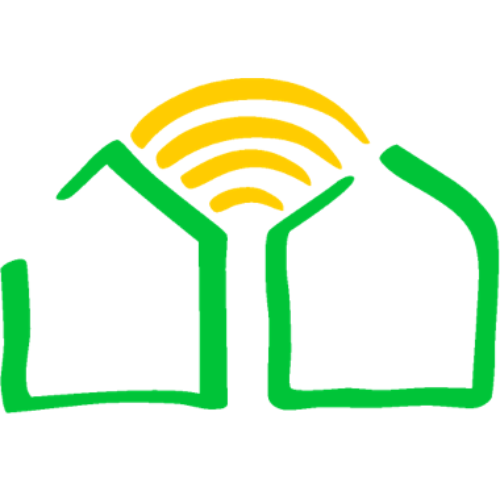Outreach strategy? – No racial & ethnic differences for smartphones & tablets
-
Outreach strategy? – No racial & ethnic differences for smartphones & tablets
Members of Racial and Ethnic Minority Groups
According to a 2021 Pew Research Center survey, Black and Hispanic adults in the United States remain less likely than White adults to say they own a traditional computer or have high-speed internet at home. But there are no racial and ethnic differences when it comes to other devices, such as smartphones and tablets:
- Eighty percent of White adults report owning a desktop or laptop computer, compared with 69 percent of Black adults and 67 percent of Hispanic adults.
- Eighty percent of White adults also report having a broadband connection at home, while smaller shares of Black and Hispanic adults say the same—71 percent and 65 percent, respectively.
- When it comes to accessing the internet, mobile devices play a larger role for Hispanic adults compared with White adults. A quarter of Hispanics are “smartphone-only” internet users—meaning they own a smartphone but lack traditional home broadband services. By comparison, 12 percent of White adults and 17 percent of Black adults fall into this category.
In extensive research on the impact of racial discrimination on home-internet adoption, Free Press found, in 2016, that people in many communities of color lagged behind, even after accounting for income differences:
- While 81 percent of Whites and 83 percent of Asians had home internet at that time, only 70 percent of Hispanics, 68 percent of Blacks, 72 percent of American Indian/Alaska Natives, and 68 percent of Native Hawaiian/Pacific Islanders were connected at home.
- The median household incomes of Whites ($62,950) and Asians ($77,166) were far higher than those of Hispanics ($45,148) and Blacks ($36,898). However, these differences in income across race and ethnicity did not explain the entirety of this digital divide.
- There was still a racial/ethnic digital divide even among people in the lowest income quintile. Among those with annual family incomes below $20,000, 58 percent of low-income Whites had home internet access, versus just 51 percent of Hispanics and 50 percent of Black people in the same income bracket.
- This adoption gap existed between people of these races and ethnicities in all income strata, but the gap was largest among the poorest people in America.
- Low-income households and people of color were less likely to have home internet connections. But if they did connect at home, they were more likely to rely solely on mobile wireless. While 29 percent of low-income internet-connected households were mobile-only, just 15 percent of households earning more than $100,000 were mobile-only.
Bias by internet service providers further exacerbates the impact of poverty: Internet providers prefer to serve areas that have higher incomes, so lower-income neighborhoods are often at a disadvantage in terms of accessing internet services even if individuals can afford them. Research has even shown that communities of color are more likely to pay higher rates for the same level of internet access in the same city, often only blocks away from where lower rates are charged.
A 2022 investigation by The Markup found that AT&T, Verizon, EarthLink, and CenturyLink disproportionately offered slow internet service to lower-income and least-White neighborhoods for the same price they offered speedier connections in other parts of town.
benton.org
Race, Ethnicity, and Digital Equity
The impact of racial discrimination on broadband adoption
Sorry, there were no replies found.
Log in to reply.




